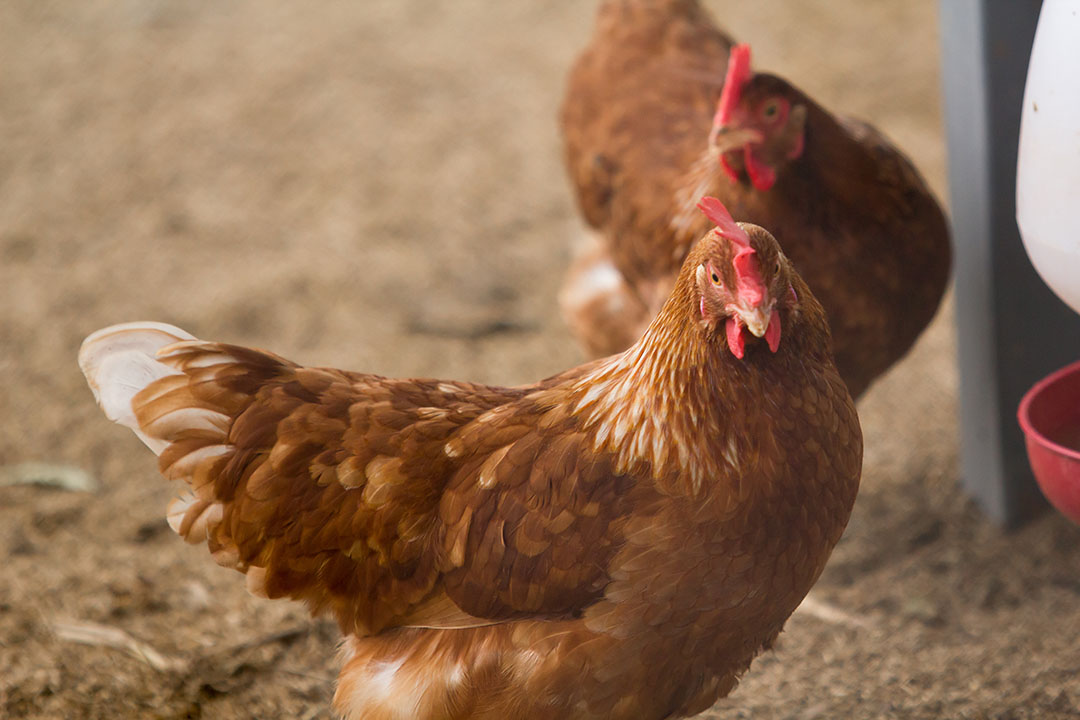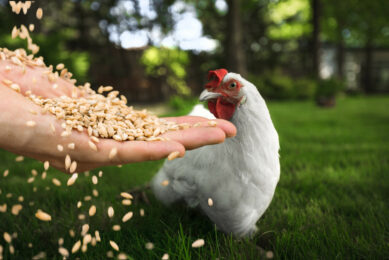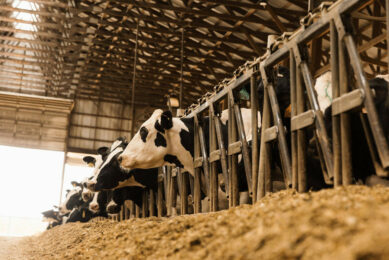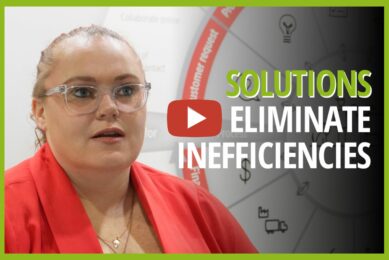Aiding egg production in tropical climates

Methionine is essential for the performance of laying hens and its availability is necessary to achieve economical production. A trial, carried out in a tropical climate, demonstrated the equivalence of Hydroxy-methionine (OH-Met) to DL-methionine (DL-Met) in sustaining growth, laying performance and egg quality.
Supplementing poultry diets with methionine is essential for growth, feathering and egg production. Even a slight deficiency will reduce performance and hence economic returns. However, it plays biological roles beyond protein synthesis, through conversion into other sulphur compounds such as glutathione and taurine – 2 major cellular non-enzymatic antioxidants.
There are 3 sources of methionine used in animal nutrition L-methionine, DL-Met and OH-Met. OH-Met is more efficiently converted to cysteine and taurine than DL-Met through the trans-sulphuration pathway. Cysteine is then converted to glutathione, that along with taurine, playing fundamental roles in antioxidant mechanisms and improves oxidative status. The latter being particularly important when keeping poultry in tropical climates.
Methionine for egg production
Certain parameters are already set genetically in terms of egg size and number. Hens will always produce 20-21 kilograms of eggs in a cycle. However, management and nutrition can manipulate the division of production in terms of number and size of eggs. As well as energy and protein levels (excess levels lead to larger eggs), the concentration of methionine has an especially profound effect on egg size. Therefore, accurate inclusion of an efficacious source is necessary to manipulate this commercially important parameter. Whether producers want to focus on egg size or number will depend on the market they are selling into.
Heat stress, a negative balance between the net amount of energy flowing from the animal’s body to its surrounding environment and the amount of heat energy produced by the animal, is an issue in the tropics. During heat stress several adaptive strategies are used to dissipate excess heat.
Firstly, when high temperatures occur, water consumption is significantly increased, and feed intake decreased (thus reduced nutrient uptake). Secondly, they dissipate energy by increasing heart rate, panting and other metabolic adaptations. All these events will have a detrimental effect on laying hen performance.
Trial under tropical conditions
A study was performed at Sri Ramadhoota Poultry Research farm in India, in collaboration with Adisseo. Babcock hens were fed one of two corn-soya based experimental laying rations. Methionine was either added in the form of OH-Met or DL-Met – at 0.16 and 0.14% respectively. The level of supplementation was based on TSAA requirements – calculated using average laying performance data from the experimental facility. Laying hens had free access to feed and water during the whole experimental period. The experimental diets were fed from 17 to 31 weeks of age. Week 17 up to week 20 was the habituation pre-lay period, then the experimental period was from week 21 until week 31 (divided in 2 periods: the first one from week 21 to week 25 and the second from week 26 to week 31). Laying and egg quality parameters were measured weekly. Body weight of the hens was measured in week 17, 23 and 28; feed intakes recorded daily and feed conversion ratio (FCR) calculated weekly.
The birds were subjected to tropical climate conditions, with both high temperatures and high relative humidity. Temperature was on average 28°C at 9am and 30°C at night during habituation and the first experimental periods. From week 26 to week 31, temperature values decreased to reach an average of 25°C in the morning and 27°C at night. Air relative humidity, from week 18 to week 31, increased slowly with average values for morning and night of: 55%-40%; 60%-50%; 70-65% for the habituation, first and second experimental periods respectively.
Performance outcomes
As expected, bodyweight of the hens increased over the experimental period, lower than breed standards. There were no significant differences between body weights, feed intake and FCR (Table 1) of hens fed OH-Met or DL-Met. Feed intakes of laying hens were lower than breed standards, as influenced by heat stress, without significant differences between the two sources of methionine.
Laying performance was also compared to the reference standards for the breed. Birds laying performance was higher than reference from week 18 to 20. It was lower than reference in the 4 following weeks and might be explained by the higher temperature. In the third experimental phase, egg production increased up to reference as temperature decreased. There was no significant difference in egg production between OH-Met and DL-Met, in all 3 phases. However, a numerical advantage for OH-Met was observed in egg production from week 21 to week 31; egg weight from week 26 to week 31 and egg mass from week 21 to week 25.
Egg quality
Any strategy that could increase the value of eggs and potentially allow producers to keep flocks for longer; would improve their bottom line. Egg quality results from the trial are presented Table 2. Egg density, Haugh units, along with shell strength, weight and thickness were recorded. There are no significant differences between the treatments in any of the parameters. OH-Met, is therefore, efficient in supporting egg quality in laying hens kept under tropical conditions.
New research shows that OH-Methionine is 100% efficient and is able to sustain growth performance of laying hens. When supplied at breed requirements there was no significant difference between birds fed OH-Met or DL-Met, in terms of laying performance or egg quality. The efficacy of OH-Met was further demonstrated by its ability to support hens in meeting breed requirements, despite being kept in a tropical climate.
A poster of this topic will be presented during the 22 nd ESPN in Gdańsk, Poland in June 2019.
Author: Dolores I. Batonon-Alavo and Yves Mercier, Adisseo












